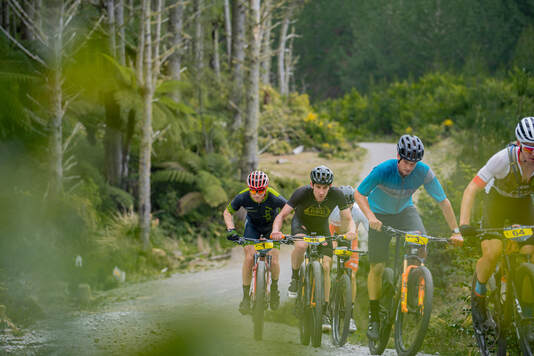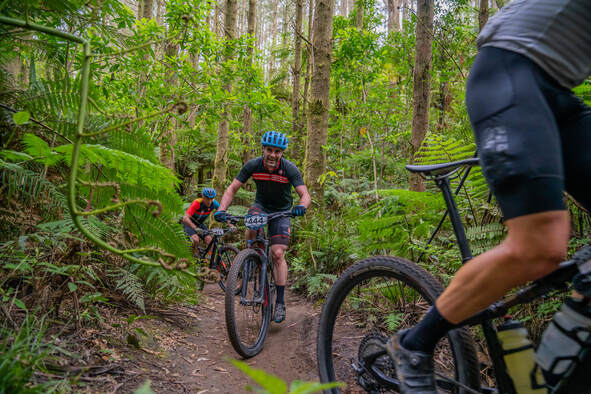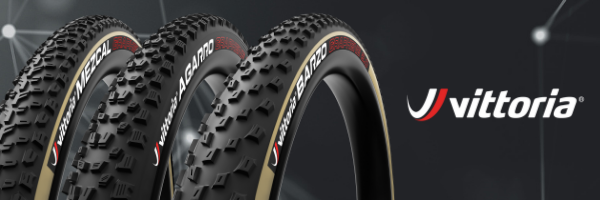|
Tyres are your only (intentional) contact with the trail so it’s important you get them right! For some, tyres might seem like a simple thing - choose your tyre, make sure you have enough psi, no punctures, and away you go. If you start looking deeper however, there can seem like an endless number of things to take into account... External considerations include - The type of riding you’re doing (e.g. downhill vs cross country vs enduro)
“Tyre type” considerations include
Getting it right can be hard but trust us, it’s worth it! Nail your tyre choice and it will make so much difference to your speed, grip, and how your bike rides - and races. Before it all starts to look a bit confusing, let’s look further into how we can find the right tyre for your riding. There’s not a “one tyre fits all” solution. A good place to start is to ask yourself what type of rider you are or even more specifically, what type of riding you’re about to do. If you’re reading this because you’re entered in the Whaka 100, chances are that most of you will be looking at trail or cross-country tyres rather than enduro or downhill. Why? Well because you have the need for speed - both on the climbing and descent. First, let’s look at tyre tread. The more tread pattern a tyre has, the more friction it creates. So, while this is great if you’re looking for lots of grip, tread slows you down on both the climb and descent as the tyres won’t roll as quickly. If you are indeed looking for speed, lighter, faster rolling tyres are the way forward. So we know that the narrower your tyres are, the faster your tyres roll. However with that, there comes a fine line between speed and reliability. Yes, you want to finish the race quickly and efficiently (narrower tyres that roll faster) but need to make sure you actually finish the race (tyres that are reliable)! It’s also worth a quick note that what goes forward must eventually stop so deceleration speed needs to be considered too. Not all tyres are made equal We’ve looked at tyre treads but what are the tyres actually made of? Tyre compound and casing are crucial too. A tyre is constructed of 3 parts; tread pattern (above), casing (sidewall of tyre) and compound (hardness or softness of tyre). The thicker the casing the more puncture protection you have, but this in turn adds weight. Similarly, the thicker the compound the softer it is. This means you roll slower, however it does give you more grip. Most XC tyres have a harder, thin layer of compound meaning you roll faster. So it’s a trade off between grip and puncture protection vs rolling speed. Conclusion
The “clear favourite” seems to be different for everyone. Of course, there are other considerations too; tyre pressure, tubes vs tubeless, and suspension set up amongst other things. If you’re looking for confidence on the downhills, you might be leaning towards a trail focused tyre. Otherwise, go all out for speed with a XC focused tyre. Our ultimate aim - finding your ideal tyre combination for balancing steering, cornering grip and a lower rolling resistance. It might take a few attempts but it’s worth it. Remember, your tyres are your only (intentional!) contact with the ground. If you’re looking for ideas for your next trail or XC tyre before the Whaka 100, check out the full range from our tyre partner Vittoria. Enjoy your tyre testing Whaka 100 fam! |
PRESENTING PARTNER
MAJOR PARTNERS
RACE TITLE PARTNERS
OFFICIAL PARTNERS
OFFICIAL SUPPLIERS
ORGANISATION PARTNERS
|
STAY IN THE LOOP
Get Whaka100 updates, news and more. |
Copyright © 2022 Whaka100. All rights reserved. Whaka100® word mark and logos are registered trademarks owned by Nduro Events.
|






